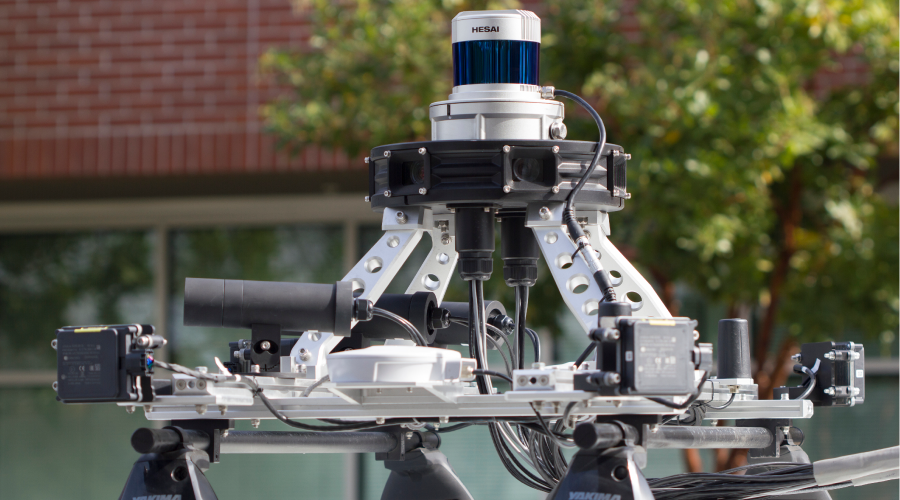Putting CMMS Data to Work
Some version of a computerized maintenance management system (CMMS) has been around since the earliest days of spreadsheets. Maintenance and engineering managers used them to manually monitor the condition of their equipment and the workloads of front-line technicians. Software technology has progressed, automating the process of information analysis and greatly minimizing the management effort.
Unfortunately, one common outcome of the process was "garbage in, garbage out," as the old adage goes. A CMMS is only as good as the data that goes into it. An effective CMMS can help managers provide efficiency and maximize savings.
Maximum Technician Efficiency
The process of using CMMS and its data to improve the efficiency of maintenance and engineering departments starts at the work-order level, but the process comes with challenges. A CMMS can schedule preventive maintenance (PM) tasks and monitor repair requests for different systems and equipment, but only if users adopt accurate nomenclature, parts lists and repair requests. If managers specify an appropriate CMMS based on department and organization needs, and the right personnel are in place, a CMMS can increase efficiency, streamline operations, and minimize maintenance and repair costs.
A CMMS generates PM work orders based on the equipment's requirements as determined by data from the operations and maintenance manuals, and it assigns the appropriate technicians to perform the tasks. If a department has carpenters, HVAC technicians, and electricians, it is illogical to assign the task of coil cleaning to a carpenter.
Depending on the amount of time a PM takes — which managers or technicians can determine only through previous experience — managers can schedule multiple PMs for the same day based on technician hours required for completion.
It is up to managers to adjust CMMS scheduling in order to maximize the utilization of personnel and materials. For example, if a PM is as simple as changing filters, managers can schedule multiple filter changes in the same day, and the technicians can bring all the required filters to the roof at once, thereby speeding up the completion of the PMs, and improving efficiency. Managers also can order the filters in bulk ahead of time and the price could be subject to a volume discount, generating cost savings. By maximizing the efficiency of the PM tasks, managers also can free up other technicians to complete repairs or perform other required tasks, streamlining operations.
Technician hours expended on a task also can indicate a team's productivity. While quality and not expediency should be the focus of any corrective action or PM, a work order should only take a certain amount of time as determined by previous experience.
Most managers understand that maintenance personnel will run into unforeseen difficulties when working in the field. But if work orders consistently take longer than projected, one of two things is occurring. Either the CMMS time projections are incorrect, or technicians are not staying on task.
In either case, the result is that costs and operational complexity increase and efficiency decreases substantially. Accordingly, managers need to update the CMMS to reflect the actual time required to complete the task or the maintenance team should go through training on productivity goals and standards.
Related Topics:













